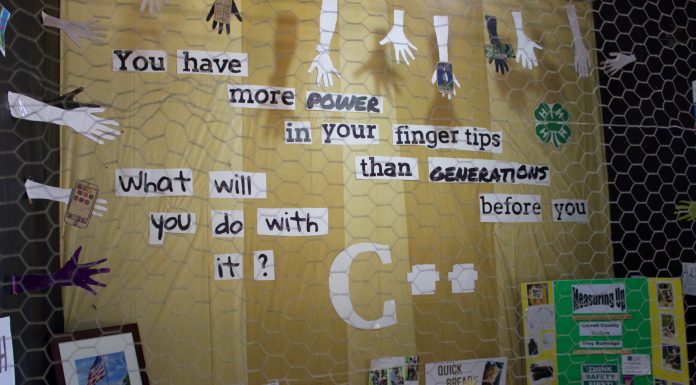Broadband access in rural areas is an issue that crosses party lines. It affects
people’s employment, businesses, healthcare and education. It is an economic
driver and a social linchpin.
But why are rural areas still so disconnected?
Initiatives, launched by both the Obama and Trump administrations, have put
the issue to the forefront for almost a decade. Officials know the problem exists.
But experts say that even now, it’s hard to judge how big the problem is or how
many people it affects in under-served areas.
Legislators and companies are working on solutions, ranging from wireless
broadband to fiber optics to tax credits. The first step though is understanding who
does and does not have access. That, experts say, is a work in progress.
In this series, Farm and Dairy examines the issue and talks with people
affected, as well as those working to find solutions.

























